Consumer Awareness
Consumer awareness regarding energy efficiency and smart home technologies is increasingly influencing the Electrochromic Window Market. As homeowners become more informed about the benefits of energy-efficient solutions, the demand for electrochromic windows is likely to rise. Surveys indicate that a significant percentage of consumers prioritize energy-saving features when making purchasing decisions for home improvements. This growing awareness is driving manufacturers to innovate and market their products more effectively, thereby expanding the reach of electrochromic windows. The Electrochromic Window Market is thus positioned to capitalize on this trend, as consumers seek to enhance their living spaces with sustainable and technologically advanced solutions.
Regulatory Support
Regulatory support for energy-efficient building practices is a significant driver for the Electrochromic Window Market. Governments worldwide are implementing stringent building codes and standards that promote the use of energy-efficient materials and technologies. For instance, various regions have introduced incentives for the installation of energy-efficient windows, including tax credits and rebates. This regulatory landscape encourages architects and builders to incorporate electrochromic windows into their designs, thereby enhancing the market's growth potential. As energy efficiency becomes a regulatory requirement, the Electrochromic Window Market stands to benefit from increased demand and investment.
Architectural Trends
Architectural trends favoring modern and sustainable designs are a crucial driver for the Electrochromic Window Market. As architects and designers increasingly prioritize aesthetics alongside functionality, electrochromic windows offer a unique solution that enhances both. These windows not only provide energy efficiency but also contribute to the visual appeal of buildings with their ability to change tint. Recent architectural projects have showcased the integration of electrochromic technology in high-profile buildings, indicating a shift towards its acceptance in mainstream design. This trend suggests that the Electrochromic Window Market will continue to grow as more architects embrace innovative solutions that align with contemporary design philosophies.
Sustainability Initiatives
The increasing emphasis on sustainability initiatives is a pivotal driver for the Electrochromic Window Market. As environmental concerns gain traction, both consumers and businesses are seeking solutions that reduce energy consumption and carbon footprints. Electrochromic windows, which adjust their tint based on sunlight exposure, can significantly lower heating and cooling costs. According to recent data, buildings account for nearly 40% of energy consumption, and the integration of electrochromic technology can lead to energy savings of up to 30%. This aligns with global efforts to achieve net-zero emissions, making the Electrochromic Window Market a key player in sustainable architecture and construction.
Technological Advancements
Technological advancements in materials and manufacturing processes are propelling the Electrochromic Window Market forward. Innovations in smart glass technology, including improved response times and durability, enhance the functionality of electrochromic windows. Recent studies indicate that the market for smart glass is projected to reach USD 6 billion by 2026, with electrochromic windows comprising a substantial portion of this growth. These advancements not only improve energy efficiency but also expand the application range of electrochromic windows in residential, commercial, and automotive sectors. As technology continues to evolve, the Electrochromic Window Market is likely to witness increased adoption and integration into modern architectural designs.

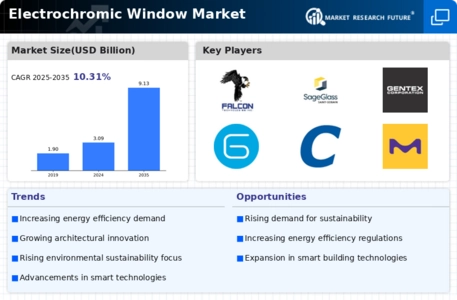
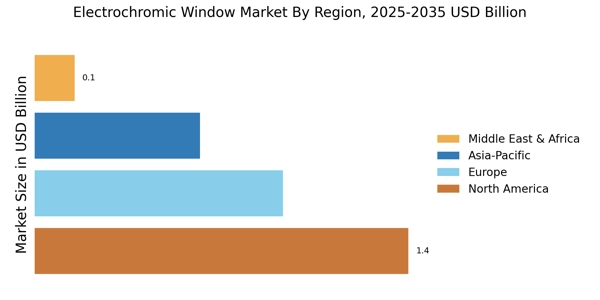

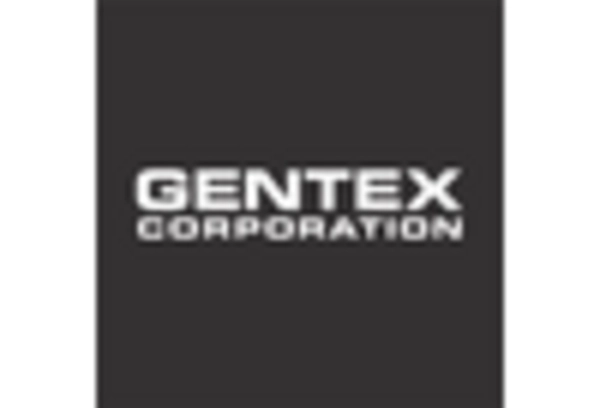
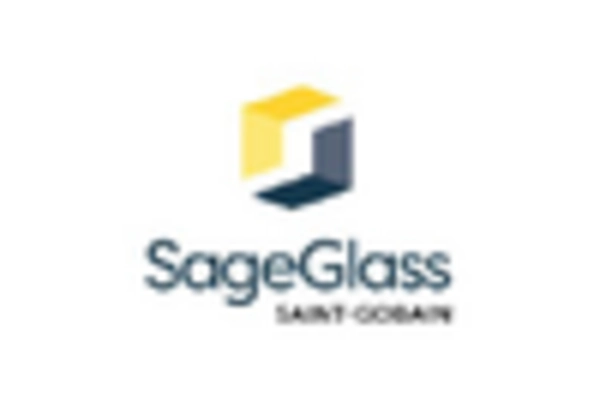

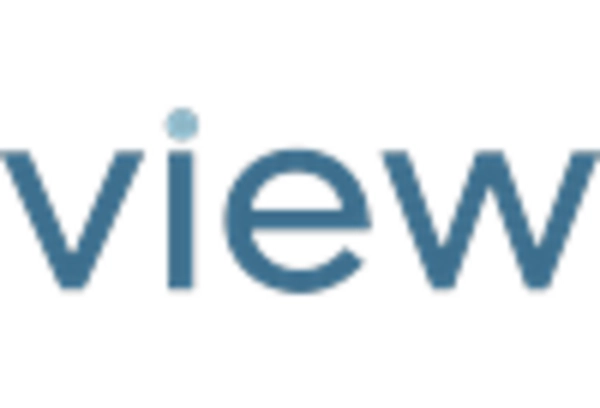








Leave a Comment